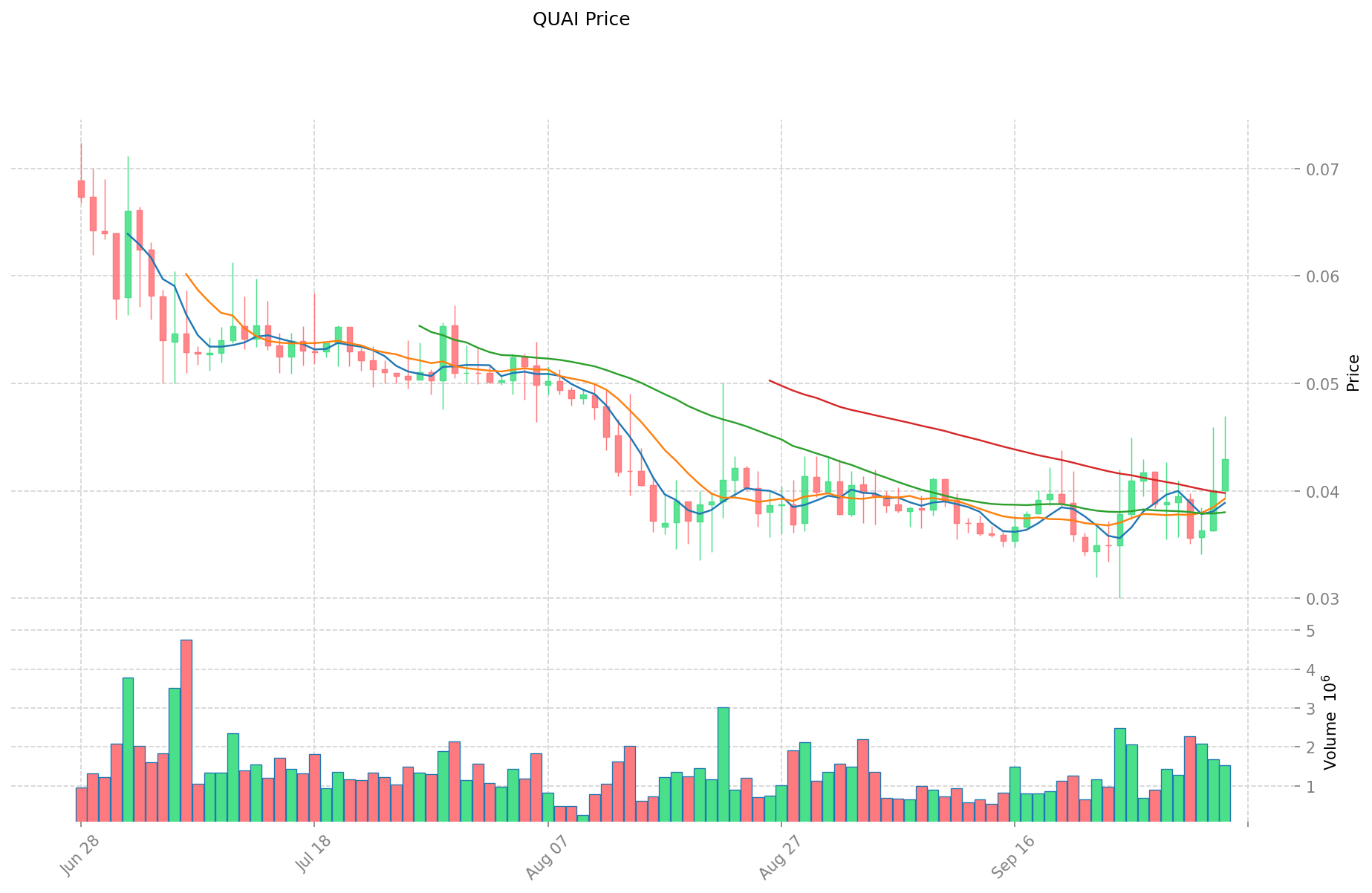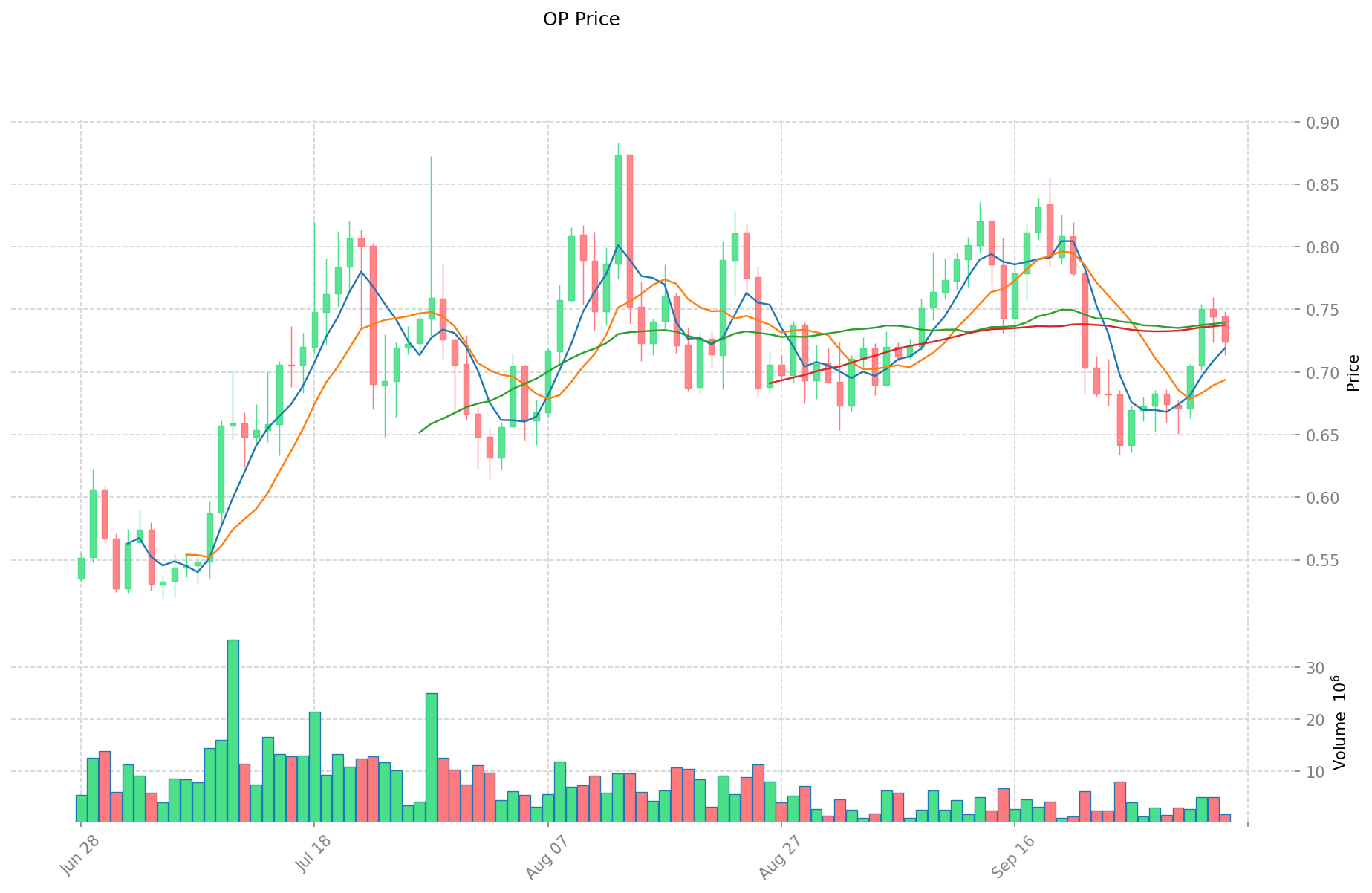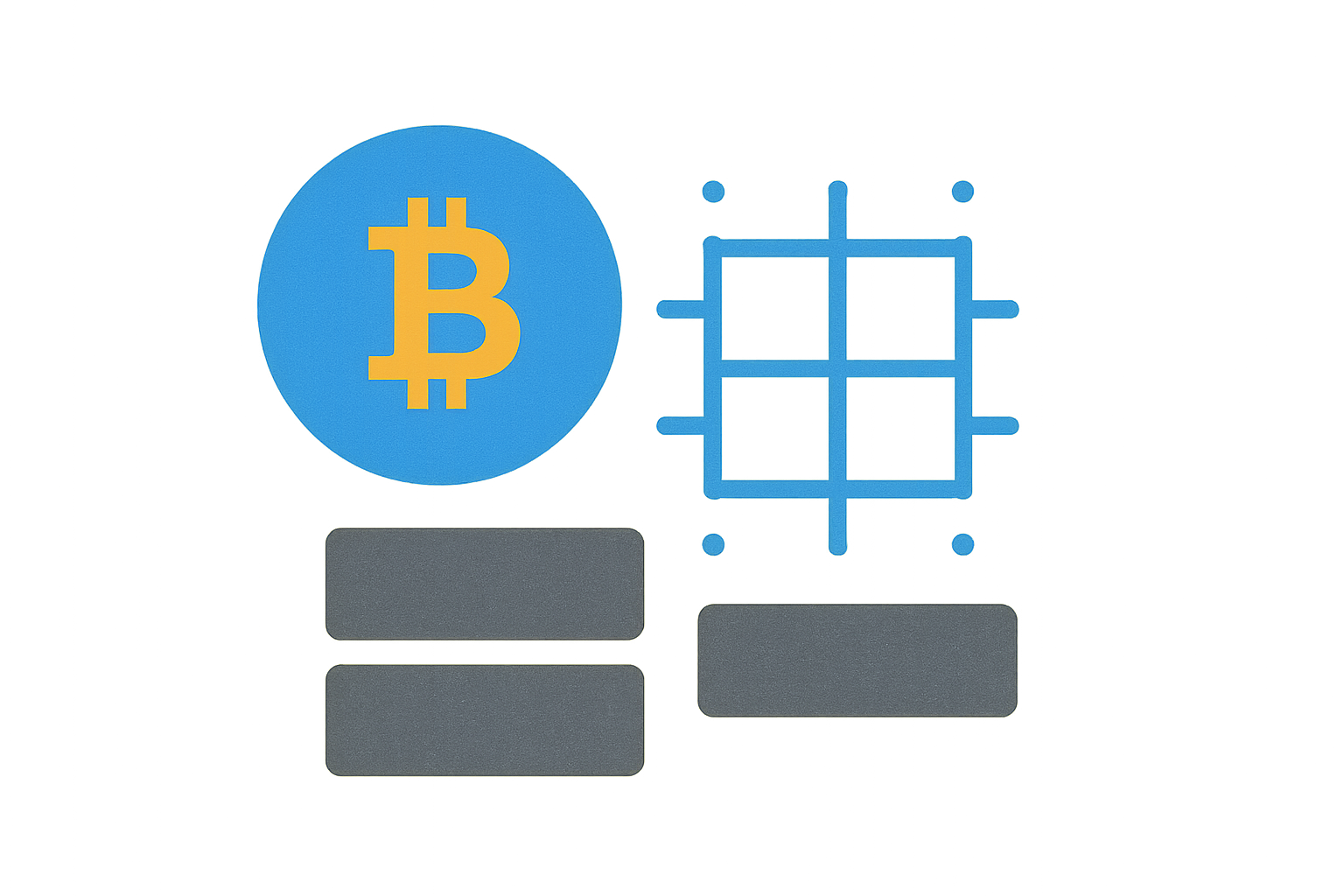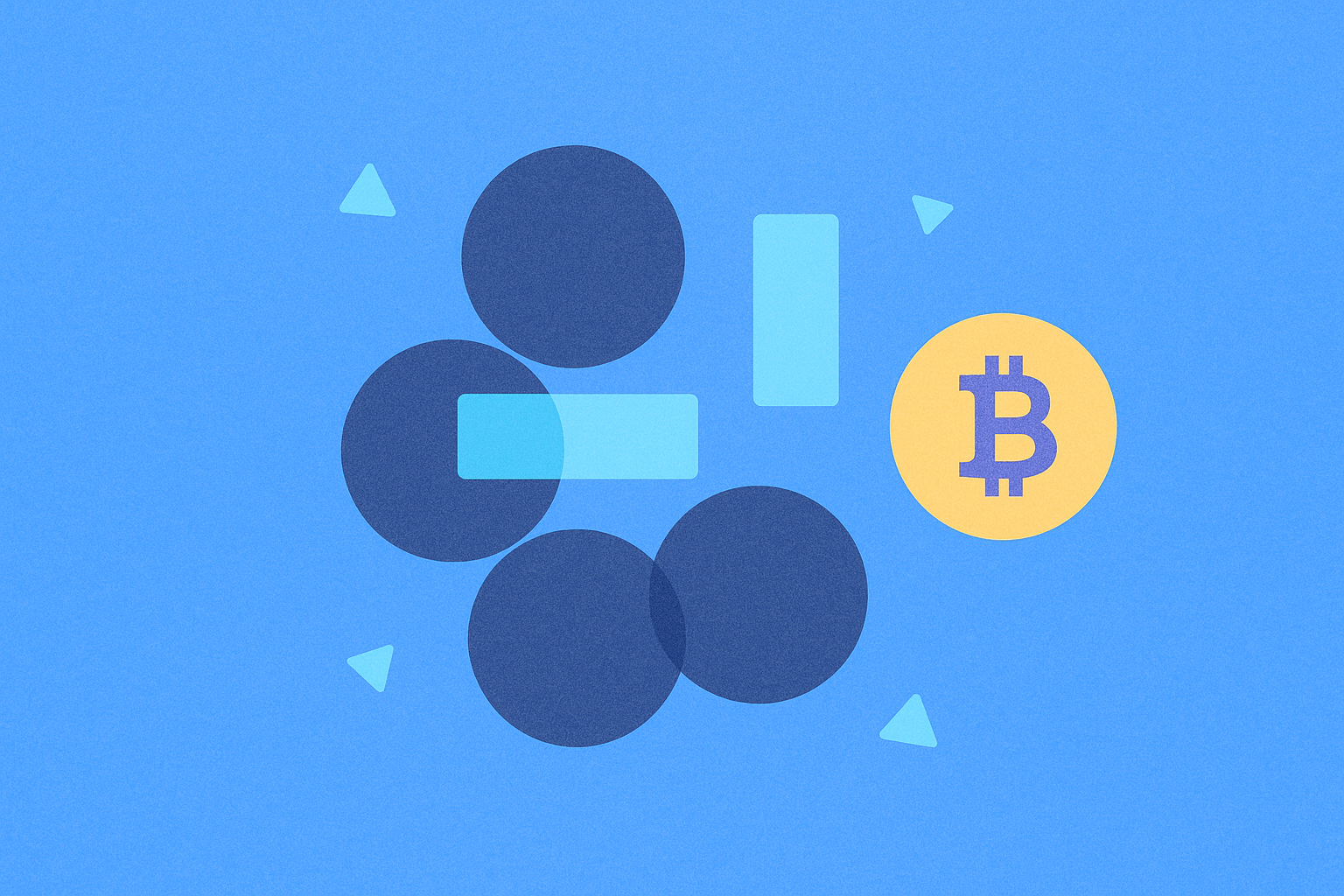QUAI ve OP: Blockchain ekosistemleri için iki yenilikçi Layer-2 ölçekleme çözümünün karşılaştırılması


Giriş: QUAI ile OP Yatırım Karşılaştırması
Kripto para piyasasında Quai Network (QUAI) ile Optimism (OP) karşılaştırması, yatırımcılar açısından kaçınılmaz bir gündem haline geldi. Her iki proje, piyasa değeri sıralaması, kullanım alanları ve fiyat performansı bakımından belirgin farklar sunmakla kalmıyor. Aynı zamanda kripto varlık ekosisteminde farklı konumları temsil ediyor.
Quai Network (QUAI): Lansmanından bu yana, yeni nesil proof-of-work Katman 1 blokzinciri olma vizyonuyla ve merkeziyetsiz küresel bir para sistemi oluşturma hedefiyle piyasa tarafından kabul gördü.
Optimism (OP): Düşük maliyetli ve yüksek hızlı bir Ethereum Katman 2 blokzinciri olarak geliştirildi; piyasaya çıkışından itibaren geliştiriciler ve son kullanıcıların pratik taleplerine yanıt veriyor.
Bu makalede, QUAI ve OP’nin yatırım değerine ilişkin kapsamlı bir analiz sunulacak; tarihsel fiyat eğilimleri, arz mekanizmaları, kurumsal benimsenme, teknolojik ekosistem ve gelecek tahminlerine odaklanarak yatırımcıların en kritik sorusuna yanıt aranacak:
"Şu anda hangisi daha avantajlı bir alım?"
I. Fiyat Geçmişi Karşılaştırması ve Güncel Piyasa Durumu
QUAI ve OP Tarihsel Fiyat Eğilimleri
- 2025: QUAI, 24 Şubat 2025 tarihinde $0,37141 ile tüm zamanların en yüksek seviyesini gördü.
- 2025: OP, 6 Mart 2025 tarihinde $4,84 ile zirve yaptı.
- Karşılaştırmalı analiz: Son piyasa döngüsünde QUAI, $0,37141’den $0,03 seviyesine gerilerken, OP ise $4,84’ten mevcut $0,7252’ye düştü.
Güncel Piyasa Durumu (05 Ekim 2025)
- QUAI güncel fiyat: $0,0429
- OP güncel fiyat: $0,7252
- 24 saatlik işlem hacmi: QUAI $63.944,15 | OP $1.291.988,78
- Piyasa Duyarlılık Endeksi (Korku ve Açgözlülük Endeksi): 71 (Açgözlülük)
Canlı fiyatları görmek için tıklayın:
- QUAI güncel fiyatı Piyasa Fiyatı
- OP güncel fiyatı Piyasa Fiyatı


II. QUAI ve OP Yatırım Değerine Etki Eden Temel Faktörler
Arz Mekanizması Karşılaştırması (token ekonomisi)
- Quai Network: Qi tokeni, değeri doğrudan madencilik enerji maliyetine bağlı enerji destekli bir "flatcoin" (enerji destekli sabit değerli dijital para) olarak öne çıkar; arz miktarı ise piyasa talebi ve madencilik maliyetlerine esnek biçimde yanıt verebilir.
- OP: Mevcut kaynaklarda bu konuda bilgi bulunmamaktadır.
Kurumsal Benimsenme ve Piyasa Kullanımı
- Quai Network, PayFi (ödeme finansı) ekosisteminde konumlanıyor ancak kaynaklarda kurumsal varlık tutarı net olarak belirtilmemiştir.
- Her iki token de son aylarda yeni finansman sağladı; Quai Network, Ağustos 2024’te yatırım alan üç Katman 1 blokzincirinden biri olarak vurgulandı.
Teknik Gelişim ve Ekosistem İnşası
- Quai Network: Özellikle PayFi (ödeme finansı) alanında teknoloji ve uygulamaları bir araya getiren kripto altyapı projesi olarak konumlanıyor.
- Quai’nin çift token sistemi Qi’yi içeriyor; Qi, enerji destekli bir "flatcoin" (enerji destekli sabit değerli dijital para) olarak işlev görüyor.
Makroekonomik Faktörler ve Piyasa Döngüleri
- Quai Network’ün "flatcoin" modeli, değerin doğrudan enerji maliyetine bağlı olması nedeniyle geleneksel kripto paralardan farklı bir değer önerisi sunuyor.
- Quai Network’ün son dönemde aldığı yatırım, mevcut piyasa döngüsünde büyüme potansiyeline olan yatırımcı güvenini gösteriyor.
III. 2025-2030 Fiyat Öngörüleri: QUAI ve OP
Kısa Vadeli Tahmin (2025)
- QUAI: Muhafazakar $0,0360 - $0,0429 | İyimser $0,0429 - $0,0510
- OP: Muhafazakar $0,6384 - $0,7254 | İyimser $0,7254 - $0,8342
Orta Vadeli Tahmin (2027)
- QUAI büyüme fazına geçebilir; tahmini fiyat aralığı $0,0373 - $0,0578
- OP yükseliş trendine girebilir; tahmini fiyat aralığı $0,7074 - $1,0612
- Temel etkenler: Kurumsal sermaye girişi, ETF, ekosistem gelişimi
Uzun Vadeli Tahmin (2030)
- QUAI: Temel senaryo $0,0681 - $0,0852 | İyimser senaryo $0,0852 - $0,1000
- OP: Temel senaryo $0,8538 - $1,3340 | İyimser senaryo $1,3340 - $1,8542
Yasal Uyarı: Yukarıdaki fiyat öngörüleri, tarihsel veriler ve piyasa analizine dayalıdır. Kripto para piyasası yüksek volatiliteye sahiptir. Bu bilgiler yatırım tavsiyesi değildir. Yatırım kararı almadan önce her zaman kendi araştırmanızı yapınız.
QUAI:
| Yıl | Tahmini En Yüksek Fiyat | Tahmini Ortalama Fiyat | Tahmini En Düşük Fiyat | Fiyat Değişimi (%) |
|---|---|---|---|---|
| 2025 | 0,0510272 | 0,04288 | 0,0360192 | 0 |
| 2026 | 0,06103968 | 0,0469536 | 0,036623808 | 9 |
| 2027 | 0,0577764048 | 0,05399664 | 0,0372576816 | 25 |
| 2028 | 0,077682266136 | 0,0558865224 | 0,032414182992 | 30 |
| 2029 | 0,06945577003872 | 0,066784394268 | 0,06478086243996 | 55 |
| 2030 | 0,0851501026917 | 0,06812008215336 | 0,05313366407962 | 58 |
OP:
| Yıl | Tahmini En Yüksek Fiyat | Tahmini Ortalama Fiyat | Tahmini En Düşük Fiyat | Fiyat Değişimi (%) |
|---|---|---|---|---|
| 2025 | 0,83421 | 0,7254 | 0,638352 | 0 |
| 2026 | 0,9045738 | 0,779805 | 0,7330167 | 7 |
| 2027 | 1,061158644 | 0,8421894 | 0,707439096 | 16 |
| 2028 | 1,39896081234 | 0,951674022 | 0,6185881143 | 31 |
| 2029 | 1,4926531198059 | 1,17531741717 | 1,1047983721398 | 62 |
| 2030 | 1,85423952319825 | 1,33398526848795 | 0,853750571832288 | 83 |
IV. Yatırım Stratejisi Karşılaştırması: QUAI ile OP
Uzun Vadeli ve Kısa Vadeli Yatırım Stratejileri
- QUAI: PayFi (ödeme finansı) ekosistemine ve enerji destekli değer önerisine odaklanan yatırımcılar için uygun
- OP: Ethereum Katman 2 ölçeklenebilirlik çözümlerini hedefleyen yatırımcılar için uygun
Risk Yönetimi ve Varlık Dağılımı
- Temkinli yatırımcılar: QUAI %30 | OP %70
- Agresif yatırımcılar: QUAI %60 | OP %40
- Koruma enstrümanları: Stablecoin portföyde bulundurma, opsiyonlar, çoklu para portföyü
V. Potansiyel Risk Karşılaştırması
Piyasa Riski
- QUAI: Piyasaya yeni giriş yaptığı için dalgalanma ve düşük bilinirlik riski
- OP: Ethereum ekosisteminin performansına ve Katman 2 benimsenme oranlarına bağlılık
Teknik Risk
- QUAI: Ölçeklenebilirlik, ağ istikrarı
- OP: Ethereum geliştirmelerine bağlılık, Katman 2 rekabeti
Regülasyon Riski
- Küresel regülasyonlar, enerji tüketimi açısından QUAI ve Katman 2 çözümleri bakımından OP’yi farklı şekilde etkileyebilir
VI. Sonuç: Hangisi Daha Avantajlı Bir Alım?
📌 Yatırım Değeri Özeti:
- QUAI avantajları: Enerji destekli "flatcoin" (enerji destekli sabit değerli dijital para) modeli, PayFi (ödeme finansı) ekosisteminde büyüme potansiyeli
- OP avantajları: Yerleşik bir Ethereum Katman 2 çözümü ve geniş piyasa hacmi
✅ Yatırım Tavsiyesi:
- Yeni yatırımcılar: OP’nin daha yerleşik piyasa konumu nedeniyle OP’ye ağırlık vererek dengeli bir portföy oluşturmalı.
- Deneyimli yatırımcılar: QUAI’nin yenilikçi modelini değerlendirirken OP pozisyonunu korumalı.
- Kurumsal yatırımcılar: Her iki projeye de yatırım yapmalı. Mevcut piyasada OP’ye, gelecek büyüme potansiyeli için ise QUAI’ye odaklanmalı.
⚠️ Risk Uyarısı: Kripto para piyasası yüksek volatiliteye sahiptir. Bu metin yatırım tavsiyesi değildir. None
VII. Sıkça Sorulan Sorular
S1: QUAI ile OP arasındaki temel farklar nelerdir? C: QUAI, merkeziyetsiz küresel bir para sistemi oluşturmayı amaçlayan yeni nesil proof-of-work Katman 1 blokzinciridir. OP ise düşük maliyetli, hızlı işlem sunan bir Ethereum Katman 2 çözümüdür. QUAI enerji destekli "flatcoin" (enerji destekli sabit değerli dijital para) modeliyle öne çıkarken, OP Ethereum ekosisteminde daha yerleşiktir.
S2: Son dönemde hangi token daha iyi fiyat performansı gösterdi? C: Verilere göre OP daha iyi fiyat performansı sergilemiştir. QUAI, tüm zamanların zirvesi olan $0,37141’dan $0,0429 seviyesine gerilerken; OP, $4,84’ten $0,7252’ye düşerek daha az oranda değer kaybetmiştir.
S3: QUAI ile OP’nin yatırım değerini etkileyen başlıca faktörler nelerdir? C: Arz mekanizması (token ekonomisi), kurumsal benimsenme, teknik gelişim, ekosistem inşası ve makroekonomik koşullar ana faktörlerdir. QUAI’nin enerji destekli "flatcoin" modeli ve PayFi (ödeme finansı) odaklı yaklaşımı benzersizdir. OP ise Ethereum Katman 2 ekosistemindeki güçlü pozisyonuyla avantaj sağlar.
S4: QUAI ile OP’nin uzun vadeli fiyat tahminleri nasıl karşılaştırılıyor? C: 2030 için QUAI’nin temel senaryosu $0,0681 - $0,0852, iyimser senaryosu ise $0,0852 - $0,1000 aralığındadır. OP’nin temel senaryosu $0,8538 - $1,3340, iyimser senaryosu ise $1,3340 - $1,8542 aralığındadır. OP’de daha yüksek potansiyel yüzdesel kazanç öngörülmektedir.
S5: QUAI ve OP yatırımında karşılaşılabilecek başlıca riskler nelerdir? C: Her iki token da piyasanın dalgalanmasına bağlı riskler taşır. QUAI, yeni olması ve düşük bilinirliğiyle ek volatilite riski taşır. QUAI için teknik riskler ölçeklenebilirlik ve ağ istikrarı iken; OP için riskler Ethereum gelişimine ve Katman 2 rekabetine bağlıdır. Her ikisi de regülasyon riskiyle karşı karşıya kalabilir; QUAI enerji tüketimiyle ilgili düzenlemelerden daha fazla etkilenebilir.
S6: Yatırımcı tiplerine göre QUAI ve OP’ye yaklaşım nasıl olmalı? C: Yeni yatırımcılar, OP’nin yerleşik piyasa konumuna ağırlık vererek dengeli yaklaşabilir. Deneyimli yatırımcılar, QUAI’nin yenilikçi modelini değerlendirirken OP pozisyonunu koruyabilir. Kurumsal yatırımcılar ise her iki projede çeşitlendirmeye giderek, kısa vadede OP’ye; potansiyel uzun vadeli büyüme için ise QUAI’ye odaklanabilir.

XION vs OP: Ethereum Ölçeklenebilirliği ve Performansı için Layer 2 Çözümlerinin Karşılaştırılması

2025 LINEA Fiyat Tahmini: Layer 2 Benimsemesinin Hızlanmasıyla Güçlü Yükseliş Beklentisi

Mantle Network'ı Anlamak: Kripto Çözümlerine Kapsamlı Bir Rehber

Aptos vs Giants: Performans Analizi ve Bu Yükselen Layer 1 Blok Zincirinin Pazar Payı

Kripto Varlıklar iflas haberi

2025 SUI Fiyat Tahmini: Blockchain’in Yeni Gözdesinin Gelecekteki Gelişimi ve Yatırım Değeri Analizi

Polygon'u MetaMask ile entegre etme: Adım adım bir kılavuz

Bal Tuzak Tokenlarını Tespit Etmek: Temel Araçlar ve Stratejiler

Bored Ape Yacht Club NFT'lerini İnternetten Satın Alma Rehberi

Kripto piyasası analizinde üçlü tepe formasyonlarını tanımlama

SegWit Adreslerini Anlamak: Bitcoin'de Segregated Witness'ın Temel Unsurları





